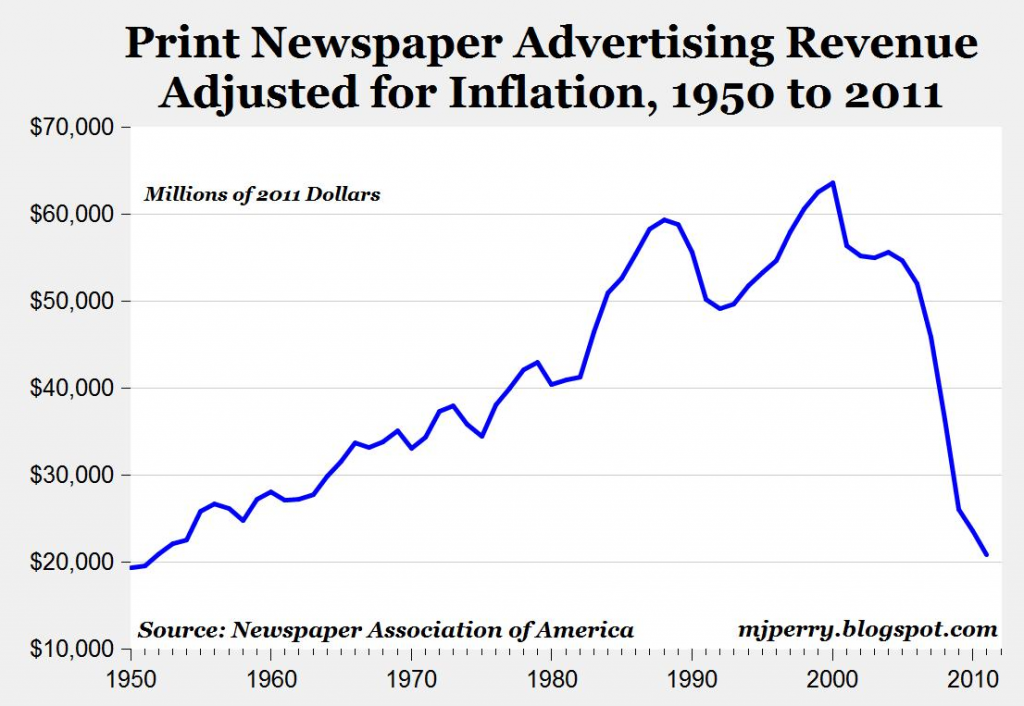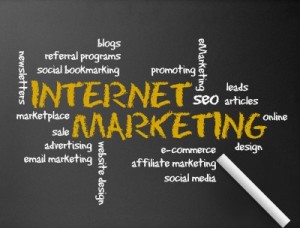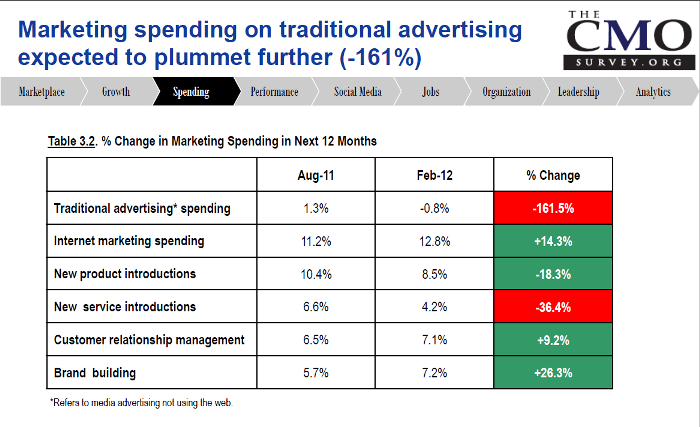Marketing your business in 2012 can be as large a task, or small, as you want it to be.

At a minimum, any business whose customers and prospects find it through searches on the internet should have a website that does an outstanding job of the following:
- Communicating your offering clearly, and explaining why it’s unique (whether that’s products, price, terms, experience, service options, etc.)
- Answering typical customer questions. They start out searching for information
- Making your contact information clear and easy to find (name, address, phone, email)
- Generally presenting the business brand in a favorable, credible way
so that your prospective customers will take the next action and contact you or come by.
If they don’t find what they are looking for at your website, they’ll find it your competitor’s.
In competitive markets, a greater marketing effort is required. If you want rank highly in the search engines in competitive markets, you need to establish yourself as an authority in your field. Online, this is done by (a) having credible, authoratitave websites link to your website, (b) by the social media presence you project, and (c) by the quality content you create onine (think published articles, blog posts, social media updates, press releases, etc).
Ranking well in a competitive market is almost always a time consuming process, taking anywhere from 3 months to a year or more depending on how established your competitors are and how much time and money they have invested in their own ranking.
As with most things, it pays to hire someone who specializes in SEO to guide you into making the right decisions.









